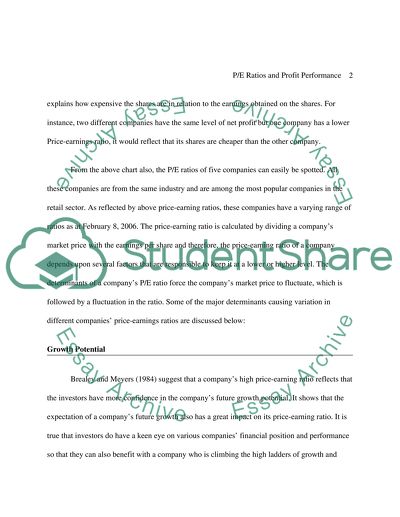Cite this document
(Price-Earning Ratios and Profit Performance Coursework, n.d.)
Price-Earning Ratios and Profit Performance Coursework. https://studentshare.org/finance-accounting/1501396-pe-ratios-profit-performance
Price-Earning Ratios and Profit Performance Coursework. https://studentshare.org/finance-accounting/1501396-pe-ratios-profit-performance
(Price-Earning Ratios and Profit Performance Coursework)
Price-Earning Ratios and Profit Performance Coursework. https://studentshare.org/finance-accounting/1501396-pe-ratios-profit-performance.
Price-Earning Ratios and Profit Performance Coursework. https://studentshare.org/finance-accounting/1501396-pe-ratios-profit-performance.
“Price-Earning Ratios and Profit Performance Coursework”. https://studentshare.org/finance-accounting/1501396-pe-ratios-profit-performance.


